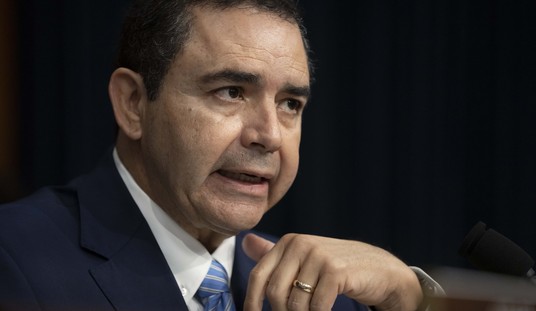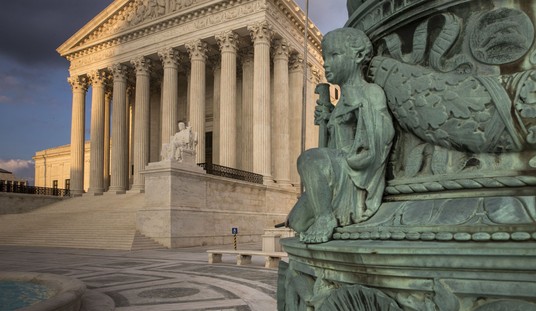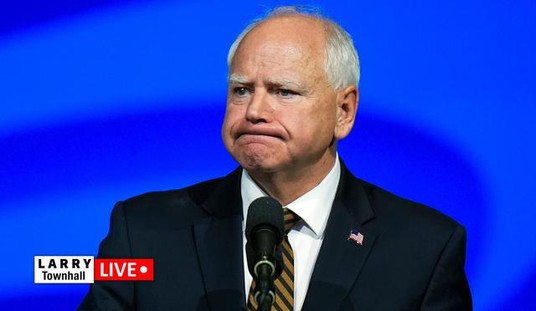Since this year will mark the 50th anniversary of the "war on poverty," we can expect many comments and commemorations of this landmark legislation in the development of the American welfare state.
The actual signing of the "war on poverty" legislation took place in August 1964, so the 50th anniversary is some months away. But there have already been statements in the media and in politics proclaiming that this vast and costly array of anti-poverty programs "worked."
Of course everything "works" by sufficiently low standards, and everything "fails" by sufficiently high standards. The real question is: What did the "war on poverty" set out to do -- and how well did it do it, if at all?
Without some idea of what a person or a program is trying to do, there is no way to know whether what actually happened represented a success or a failure. When the hard facts show that a policy has failed, nothing is easier for its defenders than to make up a new set of criteria, by which it can be said to have succeeded.
That has in fact been what happened with the "war on poverty."
Both President John F. Kennedy, who launched the proposal for a "war on poverty" and his successor, Lyndon B. Johnson, who guided the legislation through Congress and then signed it into law, were very explicit as to what the "war on poverty" was intended to accomplish.
Its mission was not simply to prove that spending money on the poor led to some economic benefits to the poor. Nobody ever doubted that. How could they?
Recommended
What the war on poverty was intended to end was mass dependency on government. President Kennedy said, "We must find ways of returning far more of our dependent people to independence."
The same theme was repeated endlessly by President Johnson. The purpose of the "war on poverty," he said, was to make "taxpayers out of taxeaters." Its slogan was "Give a hand up, not a handout." When Lyndon Johnson signed the landmark legislation into law, he declared: "The days of the dole in our country are numbered."
Now, 50 years and trillions of dollars later, it is painfully clear that there is more dependency than ever.
Ironically, dependency on government to raise people above the poverty line had been going down for years before the "war on poverty" began. The hard facts showed that the number of people who lived below the official poverty line had been declining since 1960, and was only half of what it had been in 1950.
On the more fundamental question of dependency, the facts were even clearer. The proportion of people whose earnings put them below the poverty level -- without counting government benefits -- declined by about one-third from 1950 to 1965.
All this was happening before the "war on poverty" went into effect -- and all these trends reversed after it went into effect.
Nor was this pattern unique. Other beneficial social trends that were going on before the 1960s reversed after other bright ideas of that decade were put into effect.
Massive "sex education" programs were put into schools, claiming that this was urgently needed to reduce a "crisis" of teenage pregnancies and venereal diseases. But teenage pregnancies and venereal diseases had both been going down for years.
The rate of infection for gonorrhea, for example, declined every year from 1950 through 1959, and the rate of syphilis infection was, by 1960, less than half of what it had been in 1950. Both trends reversed and skyrocketed after "sex education" became pervasive.
The murder rate had been going down for decades, and in 1960 was only half of what it had been in 1934. That trend suddenly reversed after the liberal changes in criminal laws during the 1960s. By 1974, the murder rate was more than twice as high as it had been in 1961.
While the fact-free liberals celebrate the "war on poverty" and other bright ideas of the 1960s, we are trying to cope with yet another "reform" that has made matters worse, ObamaCare.

























Join the conversation as a VIP Member